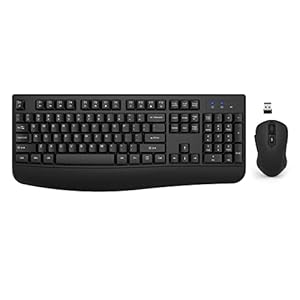The Macintosh, introduced by Apple 41 years ago, revolutionized personal computing by making graphical user interfaces and point-and-click navigation mainstream. Launched on January 24, 1984, the Macintosh was the first widely successful personal computer to feature a mouse and on-screen icons, making it far easier to use than text-based command-line systems. Apple’s marketing emphasized its simplicity, claiming it required only a few hours to learn, and highlighted its potential to enhance both productivity and creativity.
Priced at $2,495 (equivalent to over $7,000 today), the original Macintosh came with an 8 MHz Motorola 68000 processor, 128 KB of RAM (expandable to 512 KB), a 9-inch black-and-white CRT display with a 512×342-pixel resolution, and a 400 KB 3.5-inch floppy disk drive. Its compact design and features like multitasking windows, drop-down menus, and copy-and-paste functionality were groundbreaking.
Bundled software included MacPaint and MacWrite. MacPaint introduced advanced graphic tools, such as pattern fills and brushes, enabling users to create detailed black-and-white drawings. MacWrite, a WYSIWYG word processor, allowed real-time editing and drag-and-drop functionality, setting a new standard for word processing.
The Macintosh debuted with the iconic “1984” Super Bowl commercial, directed by Ridley Scott, which framed the computer as a revolutionary product against the conformity of IBM-dominated computing. The campaign helped solidify the Macintosh’s legacy as a game-changing innovation.
While modern Macs have evolved significantly, many foundational features of the original Macintosh remain relevant today. Its introduction marked a pivotal moment in computing history, combining advanced technology with user-friendly design to expand the accessibility and appeal of personal computers.
Filed in . Read more about Apple.
Trending Products

15.6” Laptop computer 12GB DDR4 512GB SSD, Quad-Core Intel Celeron N5095 Processors, Home windows 11 1080P IPS FHD Show Laptop computer Laptop,Numeric Keypad USB 3.0, Bluetooth 4.2, 2.4/5G WiFi

Wireless Keyboard and Mouse Combo, EDJO 2.4G Full-Sized Ergonomic Computer Keyboard with Wrist Rest and 3 Level DPI Adjustable Wireless Mouse for Windows, Mac OS Desktop/Laptop/PC (Black)

Logitech Signature MK650 Combo for Business, Wireless Mouse and Keyboard, Logi Bolt, Bluetooth, SmartWheel, Globally Certified, Windows/Mac/Chrome/Linux – Graphite

ASUS VA24DQ 23.8â Monitor, 1080P Full HD, 75Hz, IPS, Adaptive-Sync/FreeSync, Eye Care, HDMI DisplayPort VGA, Frameless, VESA Wall Mountable ,BLACK

TP-Link AXE5400 Tri-Band WiFi 6E Router (Archer AXE75)- Gigabit Wireless Internet Router, ax Router for Gaming, VPN Router, OneMesh, WPA3

GAMDIAS White RGB Gaming ATX Mid Tower Computer PC Case with Side Tempered Glass and Excellent Airflow Design & 3 Built-in 120mm ARGB Fans

Wireless Keyboard and Mouse Combo, MARVO 2.4G Ergonomic Wireless Computer Keyboard with Phone Tablet Holder, Silent Mouse with 6 Button, Compatible with MacBook, Windows (Black)

Thermaltake View 200 TG ARGB Motherboard Sync ATX Tempered Glass Mid Tower Computer Case with 3x120mm Front ARGB Fan, CA-1X3-00M1WN-00






